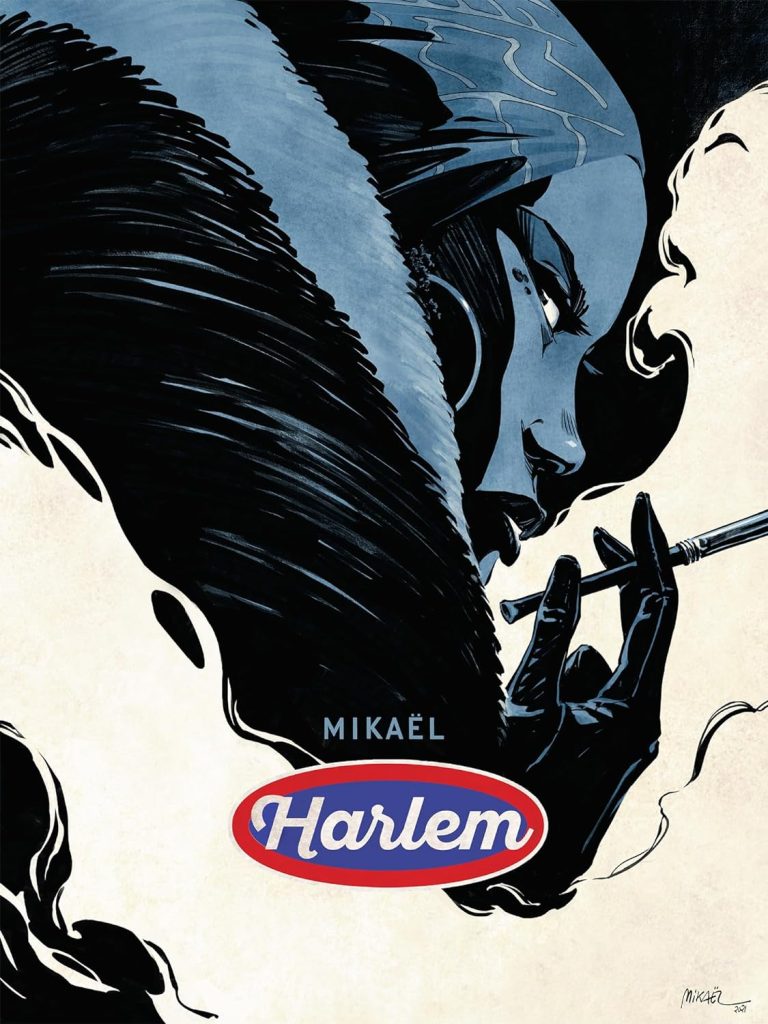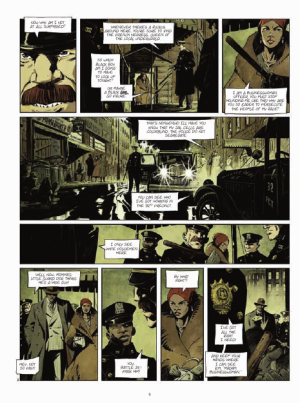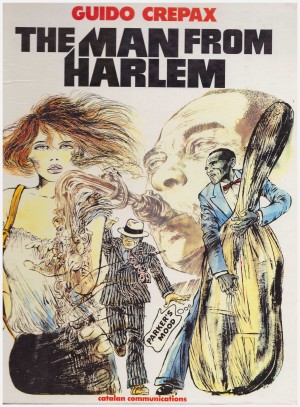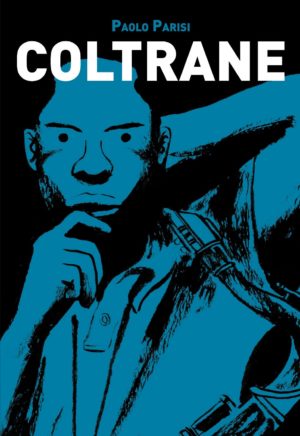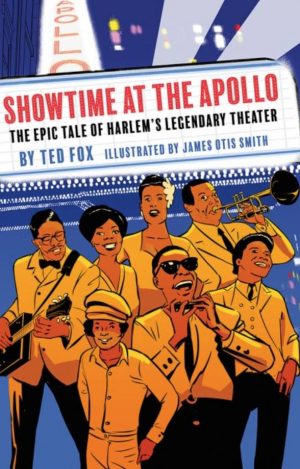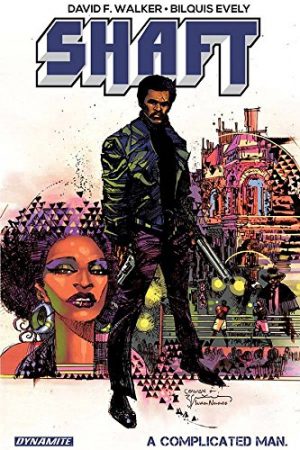Review by Ian Keogh
Harlem is Mikaël’s third spotlight on the dispossessed in depression era New York between the 20th century’s two defining world wars, following Giant and Bootblack, again told over two volumes, combined for this English translation. It concentrates on the predominantly African-American populated area of New York midway on the Manhattan island’s West side.
Unlike the previous works, Harlem is a fiction broadly based on the truth of real people. Stephanie St Clair, commonly referred to as Queenie, owned a successful nightclub in Harlem, yet when it’s raided by white gangsters the police arrest her bodyguard. It’s the final straw for Queenie whose success relies on strength of character, and she’s determined to fight back this time. Not that Queenie’s hands aren’t tainted, as she has fingers in several criminal enterprises, and as we see, her rise to prominence is based on blood.
The wonder of the two connected books has been Mikaël’s superlative art, with every panel a gem. He not only evokes a sense of place, but the atmosphere around it, and the personalities of people are defined by how they’re posed and the expressions they have. This is consistent no matter how small the panel is. A car travelling through Harlem passes a petrol station owner shovelling snow, the queue of people at the street soup kitchen and the iron bridges. These constant passing glimpses of everyday life build a compelling portrait equivalent to a photographic collage.
Reservations about Mikaël’s previous two books didn’t concern the art, but the writing. The matter of one-dimensional supporting cast was rectified in Bootblack, but that featured unwieldy storytelling impacting greatly. Harlem is where everything comes together for Mikaël. He covers a lot of ground, and very powerfully. Underwhelming life under prejudice is highlighted, along with several other social observations, but never to the point of overpowering a character driven story. This time the flashback sequences are fewer, easily distinguished and smoothly incorporated, and there’s the really nice conceit of a minor character from Giant being promoted into a supporting role here explaining his circumstances in that story. The one piece of clumsy writing involves that person, foreshadowing closing the first volume and setting up the second.
Signs of deep research are scattered throughout without being overwhelming. In just a few pages you’ll learn how the daily numbers game works, the effect of air conditioning in Manhattan and about the Tree of Hope, which eventually ended up in Harlem’s Apollo Theatre. Scenes of ordinary life surround Queenie’s war against gangster Dutch Schultz, and the familiar name lays a blanket of suspense over Harlem. In reality Schultz eventually met the fate his lifestyle almost preordained, but does this happen before his demise?
As was the case with the previous projects, Harlem eventually involves tragedy, but not predictably unless you’re already aware of the historical background. The previous books were flawed, but Harlem is the real deal, a monumental drama.
